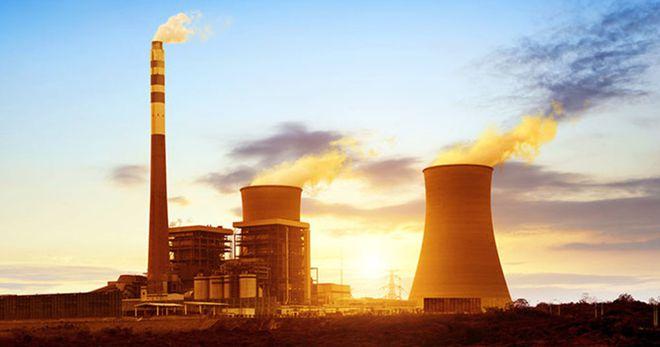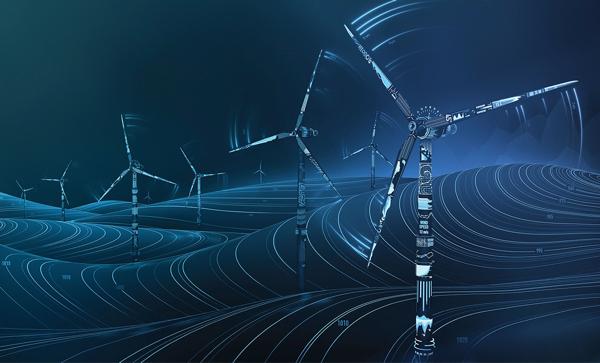**Nuclear Power Worldwide: How Many Reactors Light Up the Globe?**
(How Many Nuclear Power Plants Are In The World)
Nuclear power plants spark curiosity. Some see them as clean energy heroes. Others worry about risks. Either way, these facilities shape how we power our lives. Let’s dive into the numbers and stories behind the reactors keeping lights on across the planet.
Right now, roughly 440 nuclear reactors operate in 32 countries. They generate about 10% of the world’s electricity. The exact number shifts slightly. Old reactors shut down. New ones start up. For example, in 2023, 60 reactors were under construction. Countries like China and India are building more to meet growing energy demands.
The United States leads in total reactors. It has 93, mostly built between the 1970s and 1990s. France comes next with 56. Nuclear provides 70% of France’s electricity, the highest share globally. Meanwhile, Japan has 33 reactors, but many remain offline after the 2011 Fukushima disaster.
Europe relies heavily on nuclear energy. Slovakia gets 60% of its power from nuclear. Ukraine, despite ongoing conflicts, still operates 15 reactors. Russia uses nuclear not just for electricity but also for icebreaker ships in the Arctic.
Asia is the new hotspot for nuclear growth. China has over 50 reactors and plans to double capacity by 2035. South Korea runs 25 reactors, supplying a third of its power. Even the UAE joined the club recently, starting its first reactor in 2020.
Not all countries embrace nuclear. Germany shut its last reactors in 2023 after decades of protests. Italy banned nuclear power entirely after a 1987 referendum. Austria never opened its only plant, turned into a museum instead.
Age matters. Over half the world’s reactors are over 30 years old. Many face upgrades or retirement. The U.S. extended licenses for some to 80 years, a first in history. Newer designs, like small modular reactors, promise safer and cheaper options. These could pop up in remote areas or replace coal plants.
Safety debates never fade. Supporters argue nuclear emits no carbon dioxide. They say accidents are rare, citing strict modern regulations. Critics point to Chernobyl and Fukushima. Waste storage also remains unsolved. Finland built a underground tomb for waste, but most nations still lack long-term plans.
Costs stir arguments. Building a reactor takes $10 billion or more and a decade. Renewable energy like solar and wind now cost less. Still, nuclear offers steady power, unlike weather-dependent sources. Some experts say mixing both is key for a reliable, low-carbon grid.
Public opinion wavers. Polls show split views. Disasters scar memories. Younger generations show more openness if safety improves. Social media spreads both hope and fear, shaping how people see nuclear’s role in fighting climate change.
(How Many Nuclear Power Plants Are In The World)
The nuclear map keeps changing. Old giants like the U.S. and France face aging fleets. Rising players like China and India bet on new tech. Nations weigh costs, safety, and climate goals. The next decade will decide if nuclear expands or fades in the clean energy race.
Inquiry us
if you want to want to know more, please feel free to contact us. (nanotrun@yahoo.com)




